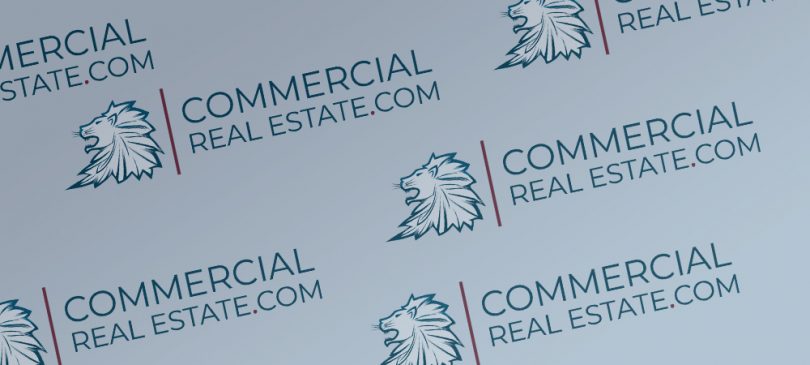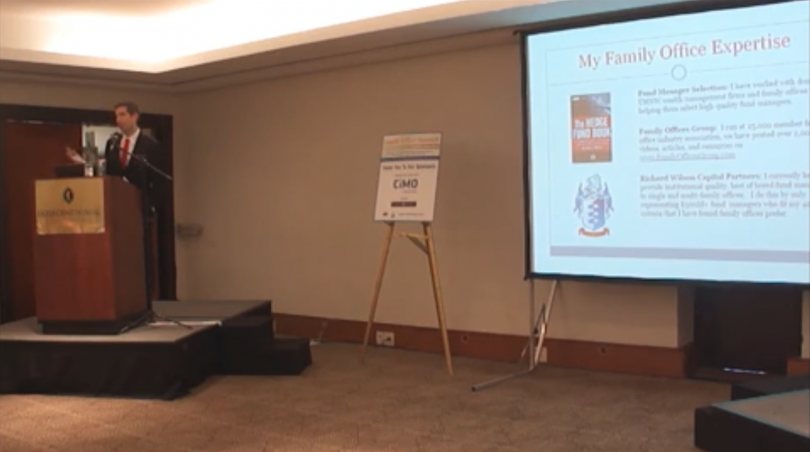This refers to the lump-sum payment or the final debt service payment that will repay all the remaining principal should the loan term exceed the amortization term. It may also be referred to as a balloon loan, and it is...
Latest Posts
Family Office Conference Video Recording by Richard Wilson (27 Minute Video)
| In this video recorded in Sao Paulo, Brazil at the Latin American Family Office Summit Richard Wilson speaks for 25 minutes on what the 4 core drivers of family office growth are. He covers where the global hot spots for family...
Ground Lease
This is a lease structure that includes only the land or the ground. The property is typically leased for a finite period to a tenant who establishes a building on site. A ground lease separates the ownership of land from the...
Big Box
This is a freestanding structure, often a retail store, that occupies a huge amount of physical space. These retailers often offer a variety of products to their customers. Examples of these are Home Depot, Walmart, and Staples.
Exchange Funds Account
This is an account created by a (QI) qualified intermediary to hold exchange funds.
General partner
Also referred to as GP, a general partner is a member of a limited partnership that holds the responsibility for the actions of the business. They have the power to legally bind the business, and they are also liable for all of...
Equity Market Cap
Also known as equity market capitalization, which measures the full market value of an equity market. It is planned by adding the market capitalization of all companies that are currently included in the equity market. Doing this...
Economic Obsolescence
Economic obsolescence is the depletion of a property's value due to external conditions such as nearby property use or legislation.
Cost Recovery Recapture
For the properties that were sold after 5/6/1997, noncorporate taxpayers must pay or recapture taxes on any straight line cost recovery that happened during the holding period. This is according to the Taxpayer Relief Act of 1997.
Implied cap rate
The implied cap rate is calculated by dividing the (NOI) net operating income by the quantity of a REIT's equity market capitalization and the full amount of outstanding debt. It can be used as a benchmark for an investment...





